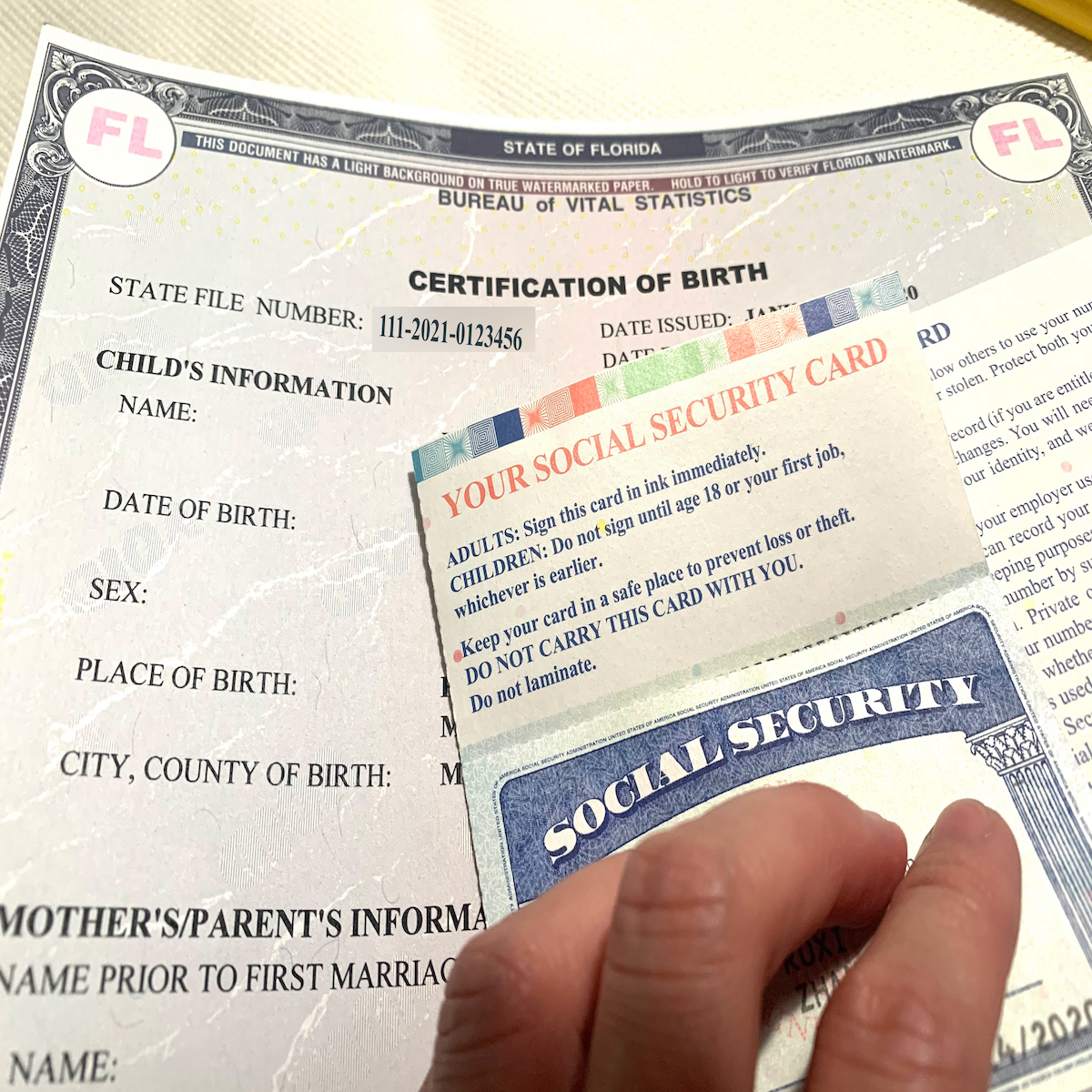
Introduction
Queen Victoria's family tree is a well-known example of royal history. Her story shows us what family heritage means. Family heritage includes traditions, stories, and values passed down through time.
In the United States, many people discover their family history. They learn about immigration stories, the Civil War, or Native American ancestry. These stories shape our identity. They also connect us with our extended family and cultural histories.
Your heritage isn’t just about who your ancestors were. About understanding where you came from and what they left behind.
What Is Family Heritage?
What is family heritage? The story of your family spans across generations. It includes more than names and dates. It holds:
- Traditions and beliefs
- Oral traditions and values
- Family recipe books and customs
- Written forms like journals and letters
- Old family photos and heirlooms
This is different from family history research. That focuses more on facts. Family heritage is more personal. It shows how your ancestors lived and what they passed on.
You might see your family heritage in black and white photos, royal portraits, or special meals passed down from past generations. Even how you celebrate holidays can be part of this legacy. When recorded in written form, these traditions become lasting records of a family’s story.
How to Start Exploring Your Family Heritage
Exploring your family heritage can be simple. Here are five steps to help you begin:
Build Your Family Tree
Start by building your family tree. Use digital tools like Ancestry, My Heritage, or FamilySearch. These websites help you build family trees, find historical records, and trace connections. Many offer real-time updates and let you invite family members to join.
Talk to Family Members
Talk to parents, grandparents, or older relatives. Ask questions like, "Where did our family come from?" or "What do you remember about your childhood?" These talks often mention oral traditions and important family events. These events can include war, migration, or cultural traditions.
Search Historical Records
Visit your local library or historical society. Look for birth, marriage, and death records.
Also check Civil War archives and newspapers. The Library of Congress has free online access to many records. These documents tell you where your ancestors lived, what they did, and who they lived with.
Learn About Cultural Traditions
Try family recipes, wear traditional clothes, or celebrate cultural holidays. These are fun ways to connect with your roots in real time. Ask relatives for stories tied to these traditions. These moments help you understand how your family lived in the past.
Explore Online Resources
Sites like Wikipedia, the free encyclopedia, can offer helpful background. Look up the places your ancestors came from or the events they lived through. This context adds depth to your family’s story.
Tools and Technology That Help
Modern tools make it easier to study your family history and heritage.
DNA Testing
DNA testing is one of the best ways to learn about your ancestry. Companies like AncestryDNA, 23andMe, and My Heritage offer detailed ethnicity estimates. They also connect you with family members who share your DNA.
Genetic testing helps in cases involving adoption or unknown relatives. These tests may confirm family ties when records are missing. Our internal survey found AncestryDNA was the top choice for genealogy research.
Organizing with Digital Tools
Use apps and websites to keep your records safe and organized. These digital tools help you build family trees, scan and store old family photos, and even make scrapbooks.
Websites like geometry.net, greenerpasture.com, and familyheritagelife.com offer helpful features. These platforms make it easier to track family names, events, and documents.
Communication Technologies
Use phones or video calls to speak with family members who live far away. Record these talks so you can save their stories. Communication technologies make it easy to collect information in real time.
Get Help When Needed
Many family history sites offer customer service. You can contact support by chat, phone, or email. They can answer questions and guide you when you’re stuck.
Preserving and Sharing Your Heritage
Your family story matters. Here are ways to protect and share it.
Create Written Records
Write stories in a notebook or on your computer. Include names, dates, and key memories. These written forms will help future generations understand your family's past.
Use Oral Traditions
Record your family members sharing stories. These oral traditions are powerful. You capture their voice, words, and emotions. These clips become treasured keepsakes.
Make Scrapbooks or Family Recipe Books
Print photos and place them in albums. Add notes that explain what each photo shows. Collect old family recipes and write the story behind each one. These projects turn simple items into family treasures.
Plan Family Events
Plan family reunions or small gatherings. Use the time to share stories, play games, or show old photos. Set up displays with black and white images, family trees, and a family timeline. Events like this bring generations together.
Work with Local Groups
Connect with your local historical society. Join events like Veterans Day flag ceremonies. These show how your family’s story is part of a larger picture. They also help preserve local and cultural histories.
Store Safely
Keep papers and photos in labeled folders or safe boxes. Use acid-free paper to protect fragile documents. You can also donate valuable records to local archives or the Library of Congress.
Why It Matters Today
Understanding your family heritage helps you and others in many ways.
Personal Benefits
Knowing your story gives you pride and peace. It helps you feel part of something bigger. It can also help during hard times by reminding you of your family’s strength.
Connect Cultures
Learning about your background builds respect for other people’s backgrounds too. This is important in a diverse country like the United States.
Build a Legacy
Your research becomes a gift for your children. You show them where they came from and how their ancestors lived. It helps them feel connected and confident.
Some families find strength knowing their relatives survived wars or moved across the world. These stories of survival, like those involving the Civil War or immigration, teach resilience.
What Does Our Internal Survey Say?
We asked 1,123 people which DNA testing service they liked best. Here are the results:
AncestryDNA Leads the Way
Most users picked AncestryDNA. It was the top choice for building family trees and finding relatives.
Satisfaction by Category
- Genealogy Research: AncestryDNA – 64%
- Ethnicity and Origins: AncestryDNA and 23andMe – about 60%
- Connecting with Relatives: AncestryDNA – 59%
- Health Insights: 23andMe – 31.5%
What People Recommend
When asked which test they would suggest:
- 68% recommended AncestryDNA
- 53.5% recommended 23andMe
- 31.3% recommended My Heritage
Purpose Matters
- For genealogy, use AncestryDNA.
- For health data, try 23andMe.
- For European roots, My Heritage may help more.
Summary
DNA testing supports many kinds of family history research. The best option varies depending on your goal. Still, AncestryDNA is the top choice for most people.
Conclusion
Family heritage is the mix of traditions, records, and stories passed through generations. You can find it in old family photos, oral traditions, family trees, family recipe books, and cultural practices.
Using tools like DNA testing and digital tools makes the journey easier. Whether you start by asking a relative a question or searching Wikipedia, your story grows with every detail. Real-time communication and organization tools help you stay connected.
Ready to explore your roots?
Start building your family tree. Try DNA testing. Record stories.
Talk to family members. Save old pictures. Your family’s past is worth preserving—for yourself and the generations to come.




.png)






